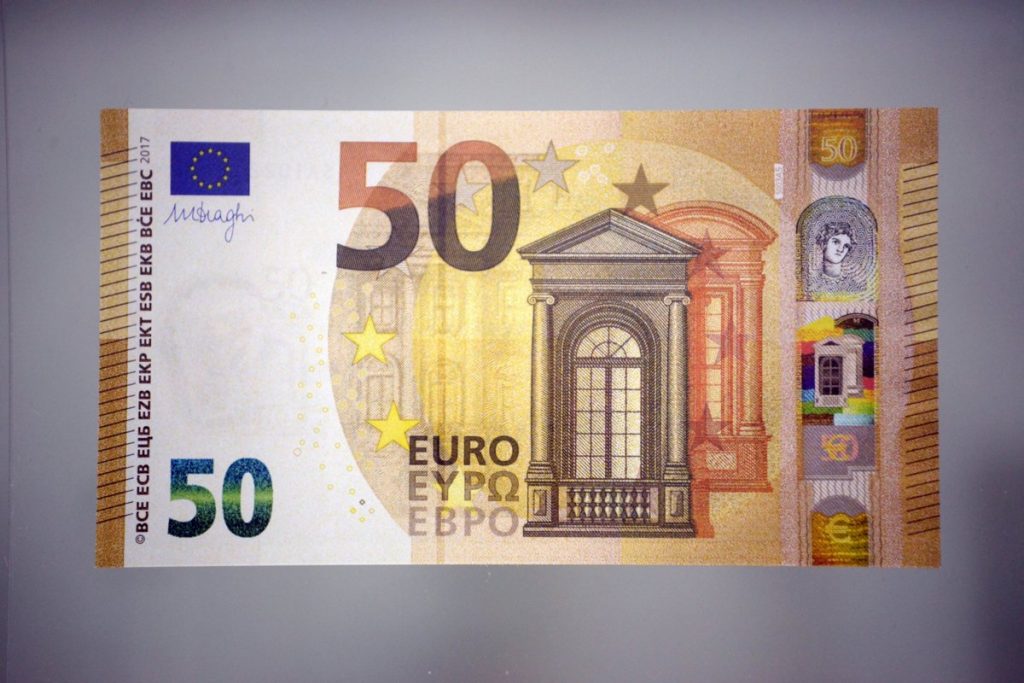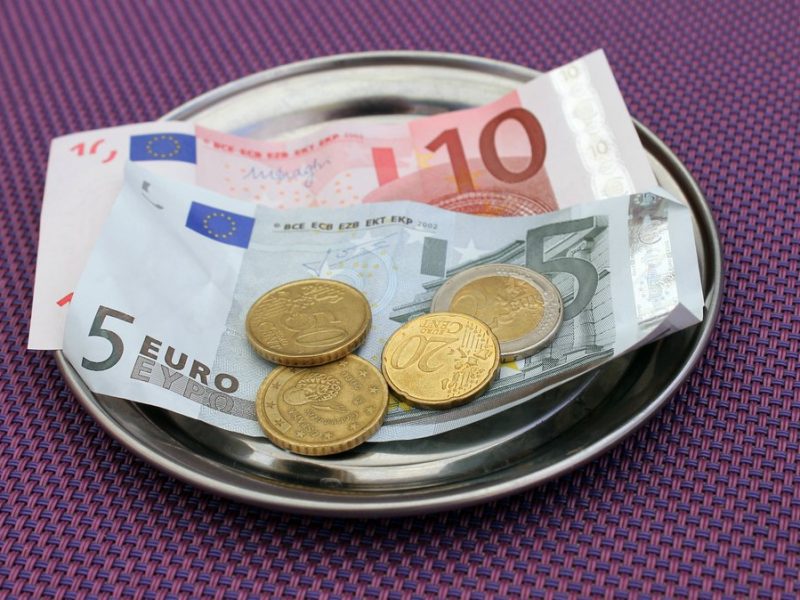Spain’s central bank and the national police have made available some very useful information to help you spot fake euro notes that are in circulation.
Last year alone Spanish authorities seized more than 2.7€ million worth of counterfeit money as they become more aware of how to spot it.
Now in an effort to stop this kind of forgery the Bank of Spain and the national police have published what they call a “three-step rule” that will help you spot the bad note from the good one.
Touch
When you feel the banknote it should have a slightly rough and resilient texture if it is real.
If the note feels flaccid and waxy to the touch it is most likely counterfeit.
On the side, with the hologram, you should be able to feel the edges of the lines on the note with the tip of your finger.
Take a good look at the money
Hold the banknote up to the light and you should be able to see a watermark above the number on the side of the note that has a hologram.
The 20, 50, 100 and 200 euro notes hologram features a portrait of the goddess Europa surrounded by a church shaped window.

Turn the money on an angle
Look for a turquoise metallic reflection in the number on the bottom left corner of the note on the side with the hologram when you turn the note vertically.
If you are not sure as to the authenticity of the banknote refuse to take it.
If by chance you are given a fake banknote trying to pass it on to someone else could see you going to prison for up to 24 months depending on the amount of false money.
If you have doubts about a banknote authenticity take it to a bank and they will send it off for testing.

